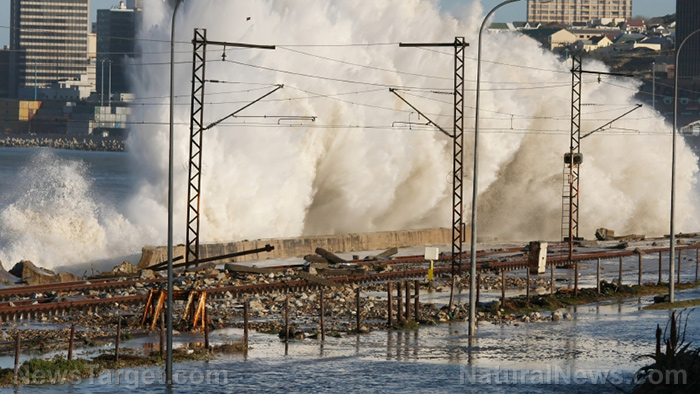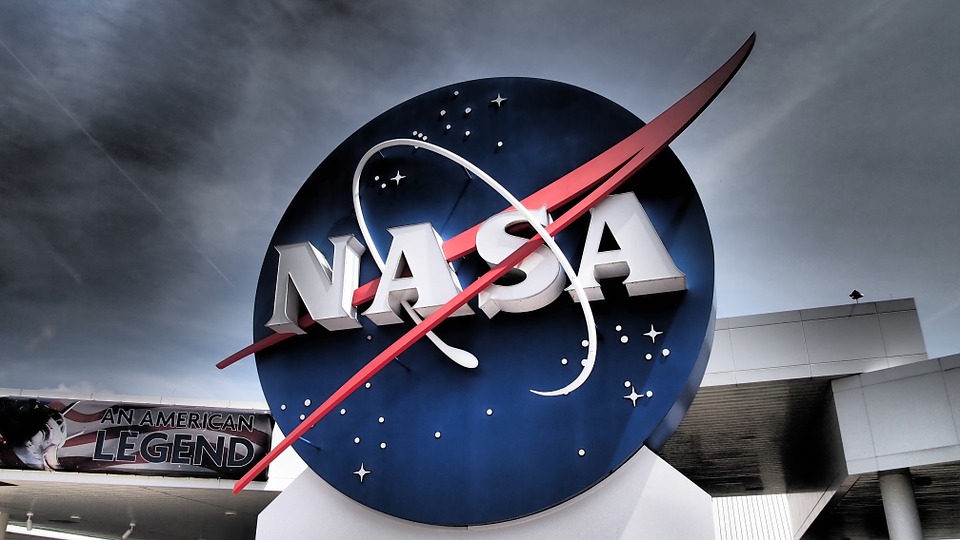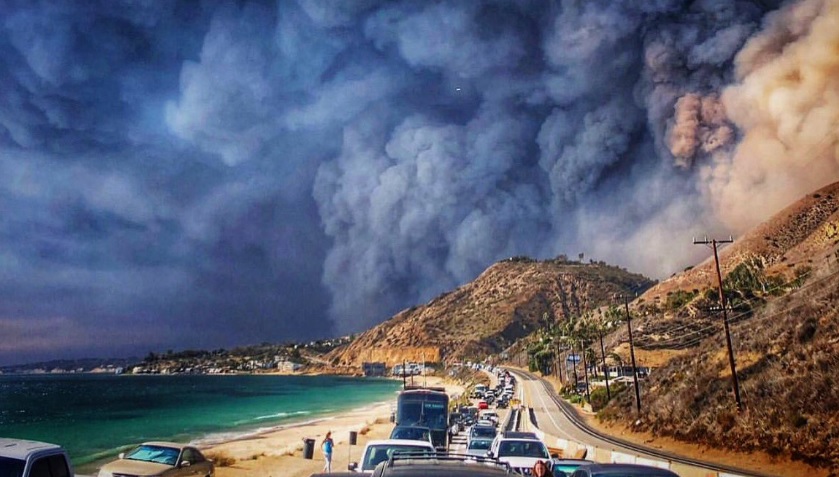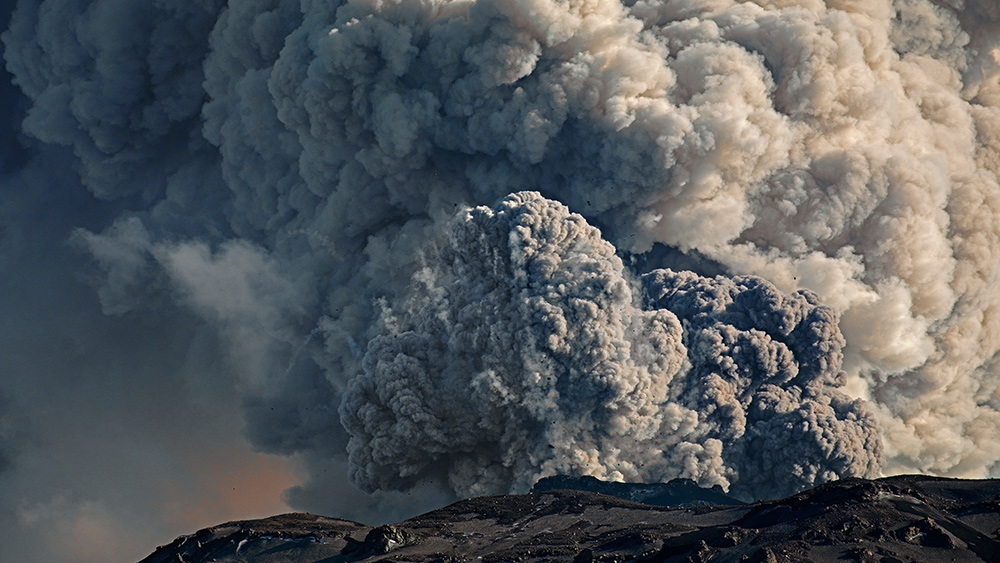New York City’s air quality reaches “hazardous” level – one of the worst recorded in decades
06/11/2023 / By Olivia Cook
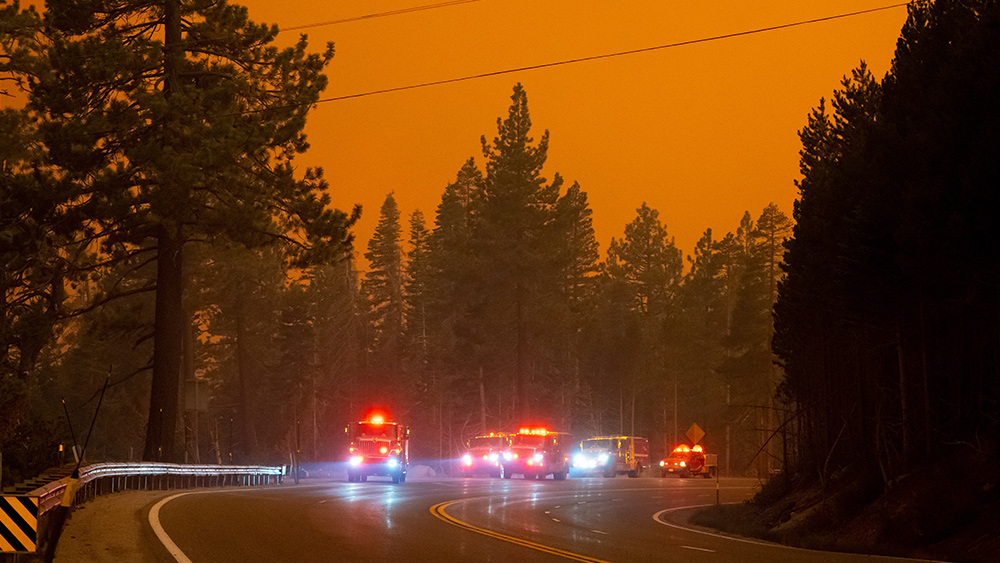
The wildfires raging all over Canada have caused New York City’s air quality to worsen to over 56 times the World Health Organization‘s recommended pollution limit, knocking out the air quality in Duba and Delhi to be the worst in the world.
On Wednesday, June 7, around 4 p.m., the Environmental Protection Agency (EPA) warned that the Air Quality Index in New York City had reached “hazardous” levels at 413 out of 500 – placing it well into the most serious band of air quality recorded in decades.
The National Weather Service revealed that data from private air quality monitoring company IQAir has shown New York City has the worst levels of air pollution among the top 95 global cities in the world – surpassing even New Delhi in India and Dhaka in Bangladesh.
Flights were delayed into and out of, La Guardia and Newark airports on Wednesday, June 7, due to the prevalence of smoke and haze that reduced visibility.
Such air, with small particles, is unhealthy. Officials and physicians in New York City have urged residents to remain indoors or wear a mask if they venture outside. For people who are outdoors for an extended period of time, they are prone to serious respiratory issues and other health concerns, physicians said.
“Every place is unhealthy except for the Adirondacks – the only place with clean air in the state right now. We are seeing unhealthy air quality levels on Long Island, New York, eastern Lake Ontario, Central New York, Western New York,” Hochul said.
Air quality problems are likely to spread to other parts of the United States, including areas south of New York such as New Jersey, parts of Pennsylvania and Washington, D.C., as prevailing wind patterns are causing the smoke from the wildfires to keep drifting southward.
The overall wind pattern should begin to shift toward the weekend, pushing more of the smoke and haze offshore into the Atlantic Ocean, which should provide some relief to the eastern United States. (Related: Wildfire plumes worldwide are contributing to ozone pollution and harming air quality.)
Record-breaking wildfires in Canada force 125,000 people to evacuate
Originating from the provinces of Alberta, Manitoba and Saskatchewan, the wildfires in Canada quickly spread east to Quebec by Tuesday, June 6, covering enormous swathes of land. The fires in the province are 500 to 600 miles north of Rhode Island and close enough to enable strong winds to carry both the smoke and the toxic particulate matter deep into the United States.
Furthermore, the Canadian Interagency Forest Fire Center noted that nearly half of the more than 400 active wildfires in Canada are located in the eastern part of the country, especially in Quebec, the country’s largest province. Typically, wildfire season in Canada affects mostly western provinces. Many of the fires in eastern Canada are also only a few hundred kilometers away from the American border.
While none of the wildfires have crossed the border, they are devastating entire communities in Canada. About 125,000 people have already been forced to evacuate, including over 10,000 residents in Quebec, and nearly 100,000 acres have already burned down as of press time.
Learn more about natural disasters like wildfires at Disaster.news.
Watch this video to learn about how the Canadian wildfire smoke is impacting much of the northeastern United States, including the metro areas of Boston, New York and Washington, D.C.
This video is from the Alex Hammer channel on Brighteon.com.
More related stories:
Emergency preparedness: Fireproofing your home against house fires and wilfires.
Report: China is a bigger air pollution contributor than all developed nations combined.
HEPA filters used in the home significantly reduce fine-particulate matter, researchers confirm.
Air quality determined to be a leading environmental threat to public.
Air quality across the world has reached toxic levels.
Sources include:
Submit a correction >>
Tagged Under:
air quality, Canada, disaster, environ, environment, Environmental Protection Agency, EPA, fire, natural disasters, New York, New York City, particulate matter, particulates, wildfires
This article may contain statements that reflect the opinion of the author
RECENT NEWS & ARTICLES
COPYRIGHT © 2017 DISASTER NEWS



